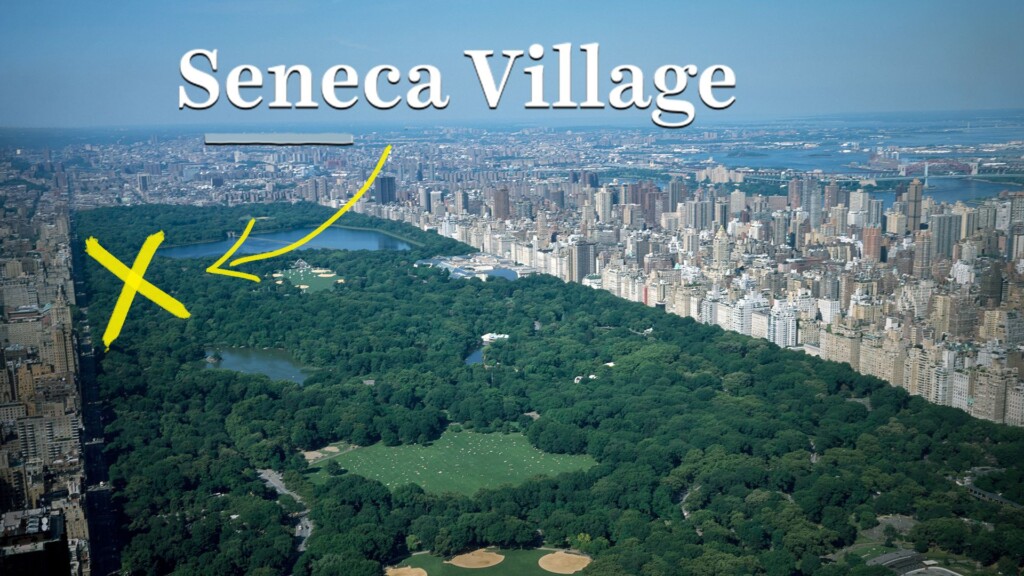“For the land of the free, and the home of the brave”. Where do you know that song from? It’s supposedly our beloved national anthem. But is it the home of the free? For one, someone stealing your property doesn’t make you feel so free at all. It makes you feel used, abused, taken advantage of, and most of all it makes you feel like you’re nothing. Ask yourself how the Native Americans felt when Christopher Columbus stole their land and supposedly founded America.
With the recent events that have been affecting our country’s African American people, its time to bring certain events to life again. It’s time for an arise of history that still affects us today. Since the early 19th century, African Americans have faced tragedies of not only their ideas and family being stolen but also their land. Let’s explore Central Park in New York City. No, let’s not explore that, let’s explore what it was, Seneca Village.
In the mid 19th century, New York City decided it needed a park. The city was growing fast, and everyone was looking for new things in life. Of course, during this time whites still had power even though it was the north and not the south. You would think that in the north, African Americans could do and keep what’s theirs. That wasn’t the case in this situation. What occurred was that the historically Black Seneca Village was destroyed to build this park.
In 1825, when John and Elizabeth Whitehead sold part of their land to create Seneca Village, it had become a successfully Black-owned land. Many African Americans settled on the land. Some early owners of the land were Andrew Williams; a shoe shiner, Epiphany Davis; a store clerk, and the AME Zion Church. This began the rise of a thriving Black community. It was a haven, a place where African Americans could live free and be independent owners instead of slaves. It was a sanctuary for them. For our people! However, in contrast, the media ignored the fact that whites described the population as “squatters” and the settlement as “n***er village”. So of course it was nothing for them to bulldoze over the land and steal it from African Americans for their gain.

By the time the decision came to create Central Park, there wasn’t enough space left in Manhattan to fully build. So the city chose a stretch of land where the largest settlement was. Can you guess where? Seneca Village! Funny how the law works against African Americans because the city seized the village under the law of eminent domain. This meant that the government could take private land for public purposes. Yes, they protested, yes they spoke up but unfortunately it didn’t work. They were forced to leave and were paid much of nothing for the land.

The moral of this story is that we cannot continue to allow our ideas, our property and our being be stolen by people that have no right to it. Too many times in this day and age, people feel it’s okay to profile and determine that something shouldn’t be for Blacks. Why can’t we own things? Why can’t we be independent and have the finer things in life? Sadly, this prominent area for African Americans was simply uprooted by whites because to them, we meant nothing. So when you go to Central Park in NYC, remember that you are standing on the land that was built by African Americans. A land that thrived with African Americans. A land that was stolen.




